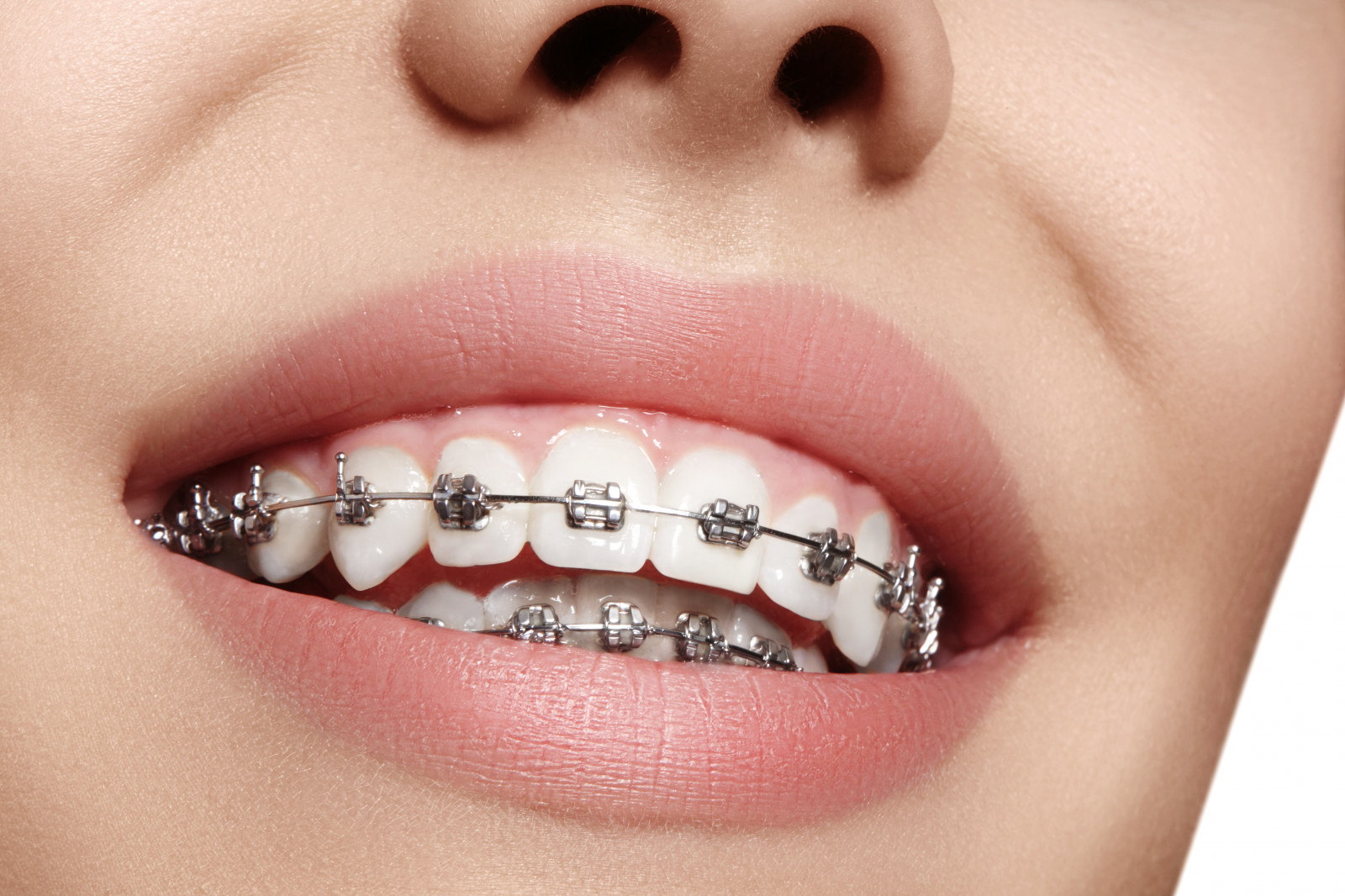An Unbiased View of Causey Orthodontics
Table of ContentsThe Facts About Causey Orthodontics UncoveredAbout Causey OrthodonticsWhat Does Causey Orthodontics Mean?Some Known Details About Causey Orthodontics Indicators on Causey Orthodontics You Should Know
Overlooking occlusal relationships, it was common to get rid of teeth for a variety of dental concerns, such as malalignment or overcrowding. The concept of an undamaged teeth was not widely valued in those days, making bite relationships appear unnecessary. In the late 1800s, the idea of occlusion was important for developing reliable prosthetic replacement teeth.As these concepts of prosthetic occlusion advanced, it came to be a very useful tool for dentistry. It remained in 1890 that the work and impact of Dr. Edwards H. Angle started to be felt, with his contribution to contemporary orthodontics specifically significant. Concentrated on prosthodontics, he showed in Pennsylvania and Minnesota before routing his focus in the direction of dental occlusion and the treatments needed to keep it as a typical condition, thus ending up being understood as the "papa of modern orthodontics".

The concept of optimal occlusion, as proposed by Angle and integrated right into a category system, allowed a change in the direction of dealing with malocclusion, which is any deviation from typical occlusion. Having a full collection of teeth on both arches was very looked for after in orthodontic treatment due to the need for exact relationships in between them.
Little Known Questions About Causey Orthodontics.
As occlusion became the essential top priority, facial proportions and aesthetic appeals were disregarded - affordable orthodontist near me. To achieve suitable occlusals without utilizing external forces, Angle postulated that having perfect occlusion was the very best way to obtain optimum face visual appeals. With the death of time, it ended up being rather obvious that even an exceptional occlusion was not appropriate when considered from an aesthetic viewpoint
Charles Tweed in America and Raymond Begg in Australia (that both examined under Angle) re-introduced dental care removal into orthodontics during the 1940s and 1950s so they could boost facial esthetics while likewise making certain better security concerning occlusal connections. In the postwar duration, cephalometric radiography begun to be utilized by orthodontists for determining changes in tooth and jaw setting triggered by growth and therapy. It became noticeable that orthodontic treatment could adjust mandibular growth, resulting in the development of functional jaw orthopedics in Europe and extraoral force steps in the US. These days, both functional devices and extraoral gadgets are applied around the globe with the purpose of amending growth patterns and forms. Pursuing real, or at least enhanced, jaw connections had come to be the main goal of therapy by the mid-20th century.
9 Easy Facts About Causey Orthodontics Shown
 Up until the mid-1970s, dental braces were made by wrapping metal around each tooth. http://adizze.com/directory/listingdisplay.aspx?lid=60044., it ended up being possible to rather bond steel braces to the teeth.
Up until the mid-1970s, dental braces were made by wrapping metal around each tooth. http://adizze.com/directory/listingdisplay.aspx?lid=60044., it ended up being possible to rather bond steel braces to the teeth.Andrews gave an insightful meaning of the ideal occlusion in permanent teeth. This has had significant results on orthodontic therapies that are carried out routinely, and these are: 1. Appropriate interarchal connections 2. Right crown angulation (pointer) 3. Proper crown disposition (torque) 4. No turnings 5. Limited call factors 6. Apartment Contour of Spee (0.02.5 mm), and based upon these principles, he found a treatment system called the straight-wire home appliance system, or the pre-adjusted edgewise system.
The benefit of the layout hinges on its brace and archwire mix, which needs only minimal wire bending from the orthodontist or medical professional (orthodontist near me). It's appropriately named after this feature: the angle of the slot and density of the brace base eventually identify where each tooth is situated with little demand for additional manipulation
The Buzz on Causey Orthodontics
Both of these systems utilized the same brackets for each and every tooth and required the flexing of an archwire in three airplanes for situating teeth in their preferred placements, with these bends dictating utmost placements. When it pertains to orthodontic appliances, they are split right into two types: detachable and fixed. Detachable devices can be taken on and off by the individual as required.

Thus, nearly all contemporary set home appliances can be taken into consideration variations on this edgewise appliance system. Early 20th-century orthodontist Edward Angle made a significant contribution to the globe of dental care. He created 4 unique device systems that have been used as the basis for lots of orthodontic treatments today, preventing a few exemptions.
How Causey Orthodontics can Save You Time, Stress, and Money.

The cable ended in a string, and to relocate forward, a flexible nut was utilized, which permitted an increase in area. By ligation, each private tooth was affixed to this large archwire (affordable orthodontist near me). Because of its limited variety of movement, Angle was unable to attain accurate tooth placing with an E-arch
These tubes held a soldered pin, which can be rearranged at each appointment in order to relocate them in position. Referred to as the "bone-growing device", this device was theorized to motivate healthier bone development because of its potential for moving pressure directly to the origins. However, applying it verified bothersome actually.